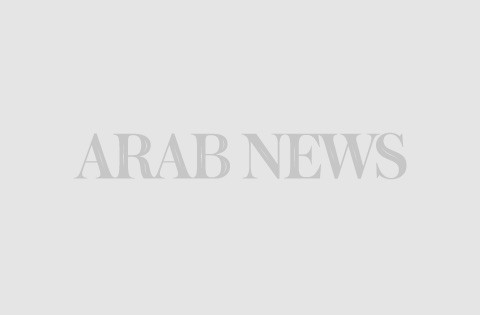Total assets of Saudi banks have increased at 8.6 percent CAGR (compounded annual growth rate) in the past five years to some SR 1.6 trillion. The Kingdom’s banks have steadily narrowed the gap with regional leader UAE and appear poised to overtake in the next three years, according to a report by Riyad Capital.
Loans and deposits as a ratio of 2011 nominal GDP stood at 54 percent and 53 percent, respectively in Saudi Arabia as of July-2012, slightly lower than GCC peers with the exception of Oman. This suggests there is room for further balance sheet expansion across the sector, the report said. The system deleveraged since 2009 and only since H1, 2012 some new debt issues have come to market, namely Saudi British Bank and Banque Saudi Fransi. As such, the LDR (loan-to-deposit ratio) will likely remain around the 100 percent mark through 2013, Riyad Capital said in its report. Regionally only Qatar and Oman appear leveraged.
Since 2007, growth of private sector claims has outpaced the public sector at 10.3 percent CAGR versus 3.9 percent CAGR. The ratio of private-to-public sector debt has gradually increased from 3.2x to 4.3x implying that borrowing by state-linked entities is fueling private sector credit demand. The ratio may further expand on rising capital expenditure in petrochemical and mining industries however weaker commodity prices may decelerate expenditure plans beyond the already committed timeframe.
The report said loans to private and public sector reached some SR 899 billion and SR 43 billion, respectively, in July-2012 from SR 550 billion and SR 37 billion at end-2007.
On the deposits, the key trend over the last five years has been the shift out of time into demand deposits. In fact, time and savings deposits dropped from 39 percent of total deposits to 25 percent as of July-2012 while demand deposits increased from 43 percent to 60 percent in the same period. The main impetus behind this shift has been the drop in interest rates from 4.9 percent to 0.9 percent since 2007.
Riyad Capital said funding costs bottomed in H1, 2012 and will either plateau or steadily increase in the coming quarters. Not surprisingly, given the "unsticky" nature of demand deposits, growth in long-term credit has trailed medium- and short-term credit since 2007 at 7 percent CAGR versus 15 percent CAGR and 9 percent CAGR, respectively.
Growth in demand deposits has been fueled by the private sector, which saw an increase from SR 285 billion to SR 647 billion (127 percent) between 2007 and H1, 2012 versus 48 percent by the public sector. In time deposits, the reverse is observed where public entities increased from SR 93 billion to SR 132 billion (42 percent) versus the private sector which contracted 7 percent to SR 177 billion through H1, 2012.
Saudi Arabia's 23 banks, including 12 local and 11 foreign, are governed by SAMA. In January 2008, BASEL II reporting requirements were adopted to align with international standards. The banks are required to maintain a minimum 8 percent total capital adequacy ratio (CAR) however SAMA guidelines suggest 11.5 percent to 12.5 percent, the report said.
The loan-to-deposit (LDR) ratio limit is 85 percent, while 4 percent and 7 percent of time and demand deposits, respectively, must be maintained as statutory reserves with SAMA. Major regulatory changes on the horizon include the move to IFRS (International Financial Reporting Standard) by January 2013 and Basel III over the next five years, the Riyad Capital report said.
© 2024 SAUDI RESEARCH & PUBLISHING COMPANY, All Rights Reserved And subject to Terms of Use Agreement.











